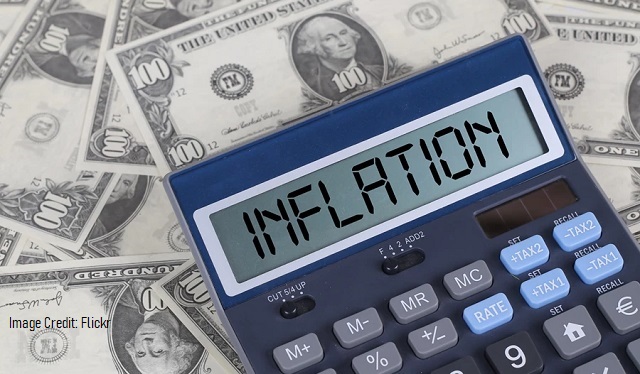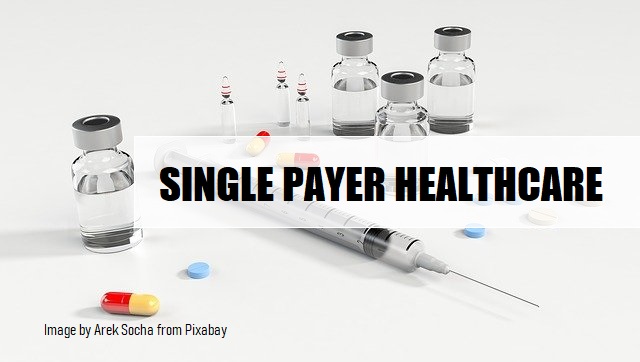By J.W. Bryan

According to Kelleigh Nelson’s News with Views article of March 22, 2022, “The Homicidal Killing Fields of America’s Medical System,” her extensive research confirms that what we are currently experiencing has been in the planning stage for at least two decades.
Its purpose was to establish a crisis, through fear, by which the public mindset would accept the existence of a pandemic that would completely endanger our health globally, and provide the excuse for destroying all current law. However, there is much evidence that what was chosen (a virus – COVID-19) to initiate the outset of the “pandemic,” very possibly doesn’t even exist.
The reason I use the word, “possibly” is because I can’t positively confirm all existing intelligence. However, the best I have found is contained in an article by Jon Rappoport, published in the Peoplesvoice.org, on January 29, 2021.
According to Rappoport, “There is no Covid pandemic.” He points out that the whole notion that Covid-19 is one health condition is a lie. COVID is not one thing.
He states that this the most difficult and yet the simplest point to accept and understand and that we shouldn’t reject the existence of the virus and then say, “So what is the cause of people dying?” His response to that is, there is no ONE CAUSE. There is no one illness. There is no “it.”
The article continues…Rappoport states that none of the “COVID deaths” in the entire world require the existence of a new virus. For instance, in Wuhan, where the whole business began, the first COVID cases of pneumonia occurred in a city whose air is heavily polluted. In China, every year, roughly 300,000 people die from pneumonia. That means millions of cases. None of these deaths need to be explained by invoking a new virus.
He continues, “Add to this the fact that the PCR test for the virus is irreparably flawed and useless.” (For a variety of reasons, I have explained in other articles.) The test spits out false positives like a fire hose. Thus, the high case numbers. The authorities have to go to such extremes to paint a picture of a spreading viral epidemic…in order to plant fear and thus compliance in the citizenry. However, there is no evidence that an actual germ is traveling around the world felling people. The ‘evidence’ is invented.
The” pandemic” is invented.
The fraud is promoted.
And, if you think there are other major reasons to explain “why all these people are dying,” keep in mind that “lung” conditions are an expanded category worldwide. For instance, there are about one billion cases of flu-like illnesses every year on planet earth. Repackaging/relabeling just a small percentage of those cases alone would account for all official COVID death numbers.
But we have known for some time that the “Agenda” for world government has been planning, for three or four decades, something comparable to what we are experiencing currently. The so-called “pandemic,” which is fueled by something called COVID-19, very probably doesn’t exist except in propaganda and in the minds of the people.
According to Kelleigh Nelson’s News with Views article of February 8, 2020, “Mass Murder by a medical System that has Lost its Direction and Soul” she states that the AMA, CDC, FDA, NIH protocols for treatment of patients with COVID have saved no patients; they have purposely murdered hundreds of thousands, perhaps millions, who could have been saved. She makes a point, “That the dissident doctors, scientists and healthcare workers know that there are repurposed drugs (inexpensive and available) that could have saved up to 86% of those who perished.”
Following is a list of comments relative to the above.
“People were dying, (yet) all my ideas were getting shouted down. My superiors were showing up (to my clinical meetings) and getting me to stand down, because I was entertaining the idea that we should do this, that and the other thing, and they didn’t want anything to be done.” – Dr. Pierre Kory
“This is a war on cheap repurposed drugs.” – Dr. Paul Marik before testifying on NH bill that would make ivermectin available OTC in NH.
“I never thought I’d see the day where doctors are censored, and patients are kept from care.” – Dr. Peter McCullough.
As we have observed, practically all hospitals are in lockstep with everything that is being carried out by the forces behind this so-called pandemic. We know this is true because of the evidence given by dissident doctors, scientists, healthcare workers and parents or families of patients who failed to survive their hospital stay. The hospital protocols were used to further their goal of diminishing the global population.
Also, the hospitals are given monetary incentives by the government to label all illnesses as Covid. This, of course, results in the enhancement of the number of C-19 cases reported daily across the country and figures into the national mind set of the acceptance of existence of a “pandemic.”
Additionally, the hospitals are given bonuses for deaths from “COVID” or listed as COVID, but nothing for those who survive. So, we can imagine what the incentive leads to, hundreds of thousands of dollars.
A Case in Point
This brings me to an ordeal experienced by Beth, my wife’s niece, whose son Jonathon, was in a hospital with “COVID.” She kept a daily journal of her son’s progress, which to all appearances, even though he was on an ECMO (extracorporeal membrane oxygenation) Machine, was daily improving. He was able to participate in physical therapy and occupational therapy. She had videos confirming this.
All this transpired over a period of about three months. Toward the end, she was told that they might have to remove the ECMO machine to be used with patients who had been vaccinated, which her son had not. Later, when this came about, it resulted in him having trouble breathing, in fact, he was gasping for breath. For this they began giving him shots to stop the gasping.
She was informed by the staff that this was why the shots were being administered, to which she replied that “she didn’t want him to be gasping for breath,” because she wanted him to at least have the opportunity to try to live. In the response, the doctor said, “If he gets this miracle, it doesn’t matter what I do.” But when the gasping stopped – after the 4th injection he was dead.
So, now comes the aftermath.
Beth is tough, both mentally and emotionally. But she’s been through a lot recently. She lost both parents in a short period of time, then came the loss of her son. It’s been a lot of heartbreak and stress. At the very outset, upon arriving at the hospital she requested that he be given ivermectin, hydroxychloroquine (HCQ), or other repurposed drugs, but of course, that didn’t happen. Since the repurposed drugs were denied, what do you think he was given instead? It very well could have been Paxlovid which is worthless, or Remdesivir, which, according to reports, is very expensive as well as deadly.
I’ve talked with her three times to prepare to give an account of all this in order to present to others. She is convinced that her son was murdered, even though the hospital staff was only obeying the protocols handed down by the insiders at the top, you know who they are…the AMA, CDC, NIH, FDA etc.
We could say that the hospital staff only takes on the alter ego of the hospital, which also takes on the alter ego of all the powers at the top. They follow what they’re told to do in order to keep their jobs, even if they know what they’re doing is not normal or right. Never mind the fact that the ECMO machine was taken from her son and given to a vaxed patient and would not help the vaxxed patient to survive. It is probable that the reason the other patient was in the hospital was due to the COVID injections. In this case, as in others, the hospital wouldn’t help them survive, even if it was possible, as they receive no monetary benefits for those who survive.
The amount of evidence is endless that the vaccine was designed purposely to either kill or seriously injure. The obvious outcome is the depopulation of America and the entire world.
All this plays into the agenda of the great reset by the invisible government which is the Council on Foreign Relations (CFR). All the components of it, the United Nations, the Democratic Party, The World Economic Forum (WEF), and the socialist sleepers who have infiltrated the Republican Party, and many others are having their day, but it will be short lived. Just when they believe they have everything under complete control and everything nailed down so that nothing can stop them, something is going to play into the Lord’s time-table which will result in their total destruction.
A few years prior to that something will have played into His plans that brought about that blessed day when the Lord himself, will have descended from heaven and with a shout, “With the voice of the archangel, and with the trump of God, and the dead in Christ shall rise first.”
“Then, we who are alive and remain shall be caught up together with them in the clouds, to meet the Lord in the air and so shall we ever be with the Lord.”
And this is the day that Beth will be looking forward to with total assurance that a joyful occasion will transpire when she is reunited with her son, Jonathon.
Conclusion
Beth isn’t the only one who is experiencing this; we know that there are many thousands, maybe even millions, who are going through much heartbreak as a result of the protocols being ordered by the medical authorities and the federal government to continue this façade of a pandemic using fear to control the masses.
And it will get worse. So, we need to prepare for whatever comes, and the only way I know that we can do it is to grow stronger in our faith and dependance upon God to see us through all the travails that are forthcoming.
Please, share this article with as many as possible. The time is close at hand.
©J.W. Bryan. All rights reserved.
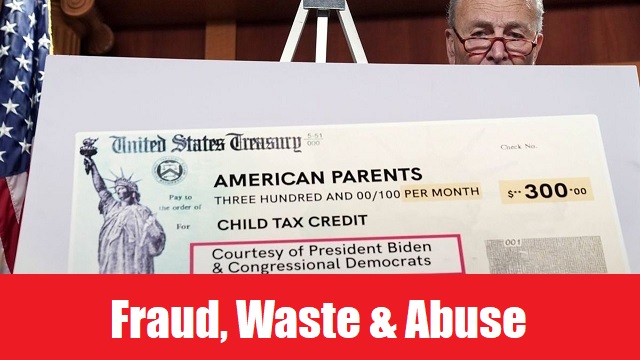


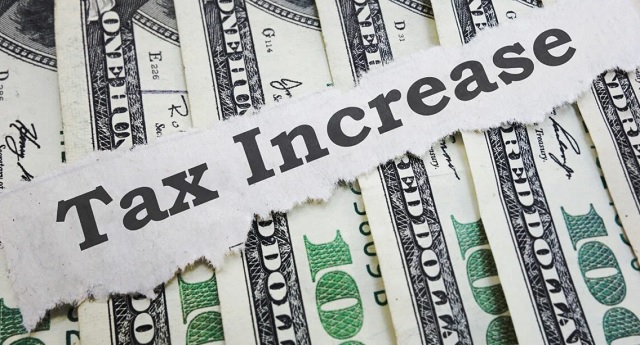
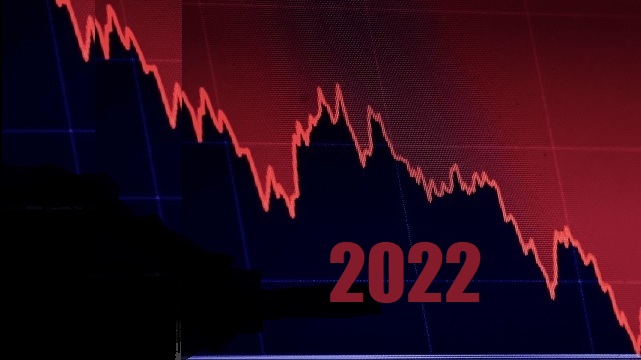

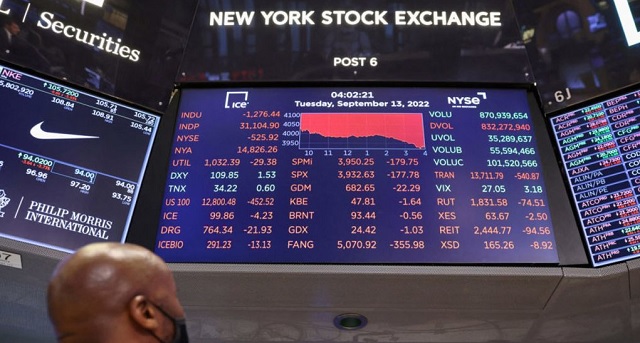
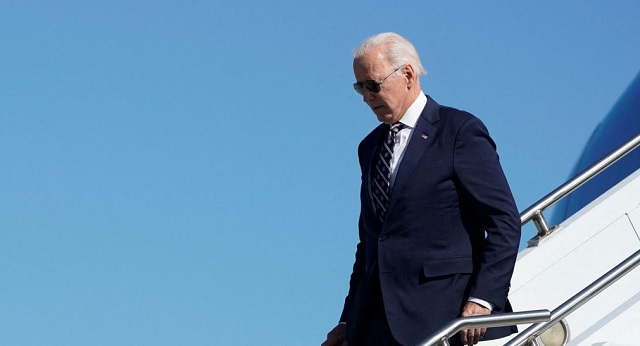




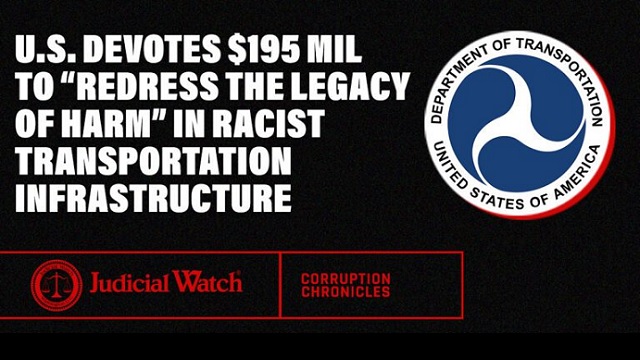


![The 3 Greatest Economic Threats Facing America in 2022 [and Beyond] thumbnail](https://drrichswier.com/wp-content/uploads/STORM-OVER-US-CAPITAL.jpg)
